Art has the power to transform a house into a home, adding personality, depth, and visual interest to your living space. Whether you’re an art enthusiast or simply appreciate the beauty of artistic expressions, displaying art can elevate the ambiance and create a captivating environment. In this article, we will provide you with essential tips and techniques for showcasing art in your home, allowing you to curate a space that reflects your style and taste.
Understanding Your Space
Assessing the size, layout, and lighting of your living space when displaying art
When assessing your living space, consider the dimensions of each room and the available wall space. A larger room may accommodate larger art pieces or even a gallery wall, while a smaller room may benefit from smaller or medium-sized artworks.
Additionally, take note of the layout and architectural features, such as windows, doors, or focal points like a fireplace, that can influence the placement of your artwork. Lastly, pay attention to the lighting conditions in each room, as natural light can enhance the colors and details of the artwork.
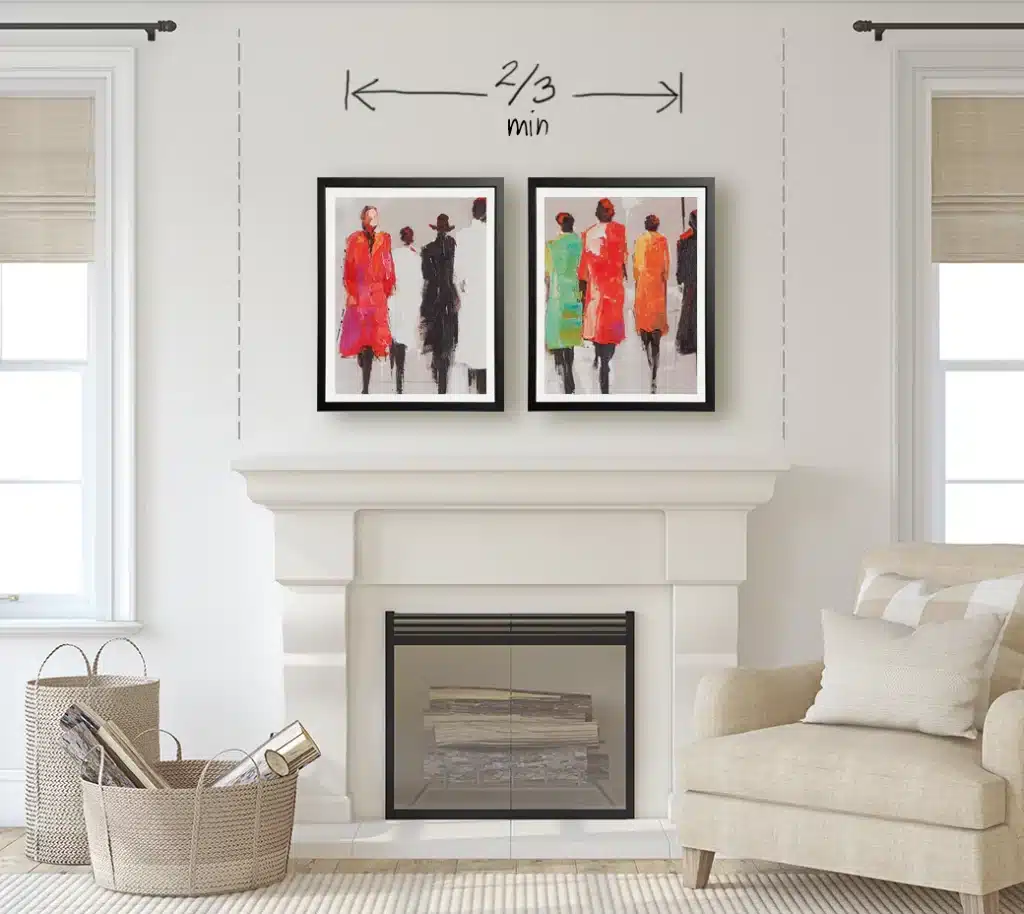
Considering the existing color scheme and style of your home
To ensure a cohesive look, take into account the existing color scheme and style of your home. Consider whether you want your artwork to blend harmoniously with the current color palette or create a striking contrast. Similarly, assess the overall style of your home—whether it’s contemporary, traditional, minimalist, or eclectic—and choose art that complements or adds a unique touch to the existing aesthetic.
Determining the focal points and suitable areas for art display
Identify the focal points in each room, such as the wall facing the entrance or above a prominent piece of furniture, to create visual interest. These focal points serve as natural areas for displaying art and drawing attention. Additionally, consider other suitable areas for art display, such as hallways, staircases, or alcoves, which can transform otherwise overlooked spaces into captivating art galleries.
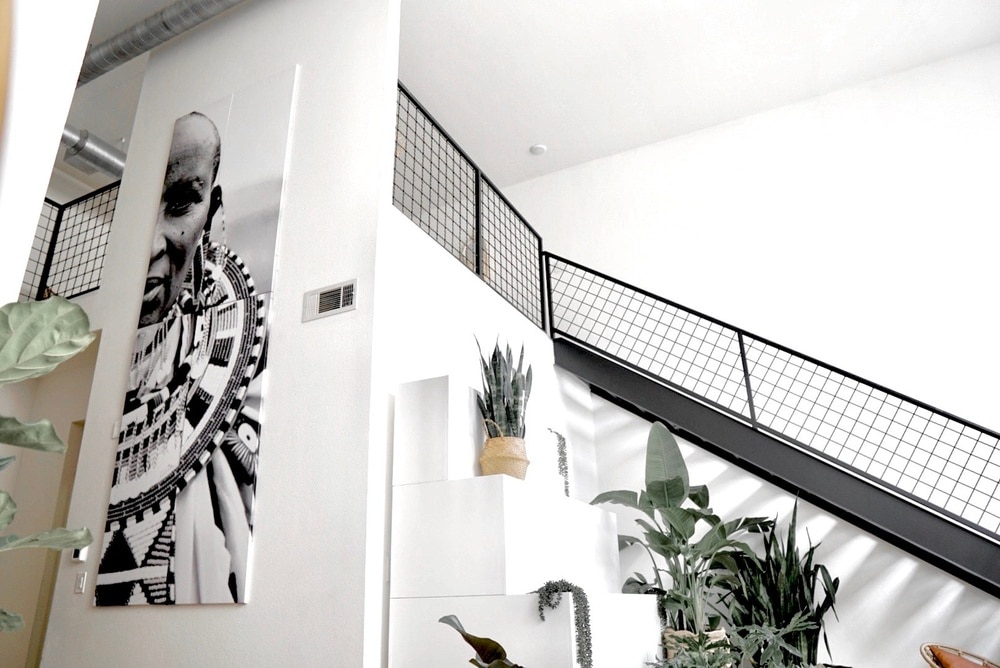
Determining the focal points and suitable areas for art display
Identify the focal points in each room, such as the wall facing the entrance or above a prominent piece of furniture, to create visual interest. These focal points serve as natural areas for displaying art and drawing attention. Additionally, consider other suitable areas for art display, such as hallways, staircases, or alcoves, which can transform otherwise overlooked spaces into captivating art galleries.
Choosing the Right Art Pieces
Reflecting your personal taste and style
The art business can be a tricky world to navigate for collectors. When choosing art pieces, let your personal taste and style guide you. Consider the emotions or messages you want your art to convey and select pieces that resonate with you. Whether you prefer abstract, landscape, figurative, or mixed-media art, choose pieces that you genuinely connect with and that align with your personal aesthetic.
Creating a cohesive theme or narrative
Creating a cohesive theme or narrative within your art collection can add depth and intrigue to your display. You can achieve this by selecting artworks with common subject matters, color schemes, or artistic styles. For example, you could focus on a specific genre like nature-inspired art or a particular color palette that runs through your collection. A cohesive theme will tie the artworks together, creating a harmonious and curated look.
Mixing different mediums, styles, and sizes for visual interest
To create visual interest and variety, consider mixing different mediums, styles, and sizes within your art collection. Combining paintings, prints, photographs, sculptures, or even textile art can add texture and dimension to your display. Experiment with juxtaposing different artistic styles, such as pairing abstract and realistic pieces, or mixing contemporary and vintage artwork. Varying the sizes of the artwork adds dynamism and can help you fill the available space effectively.
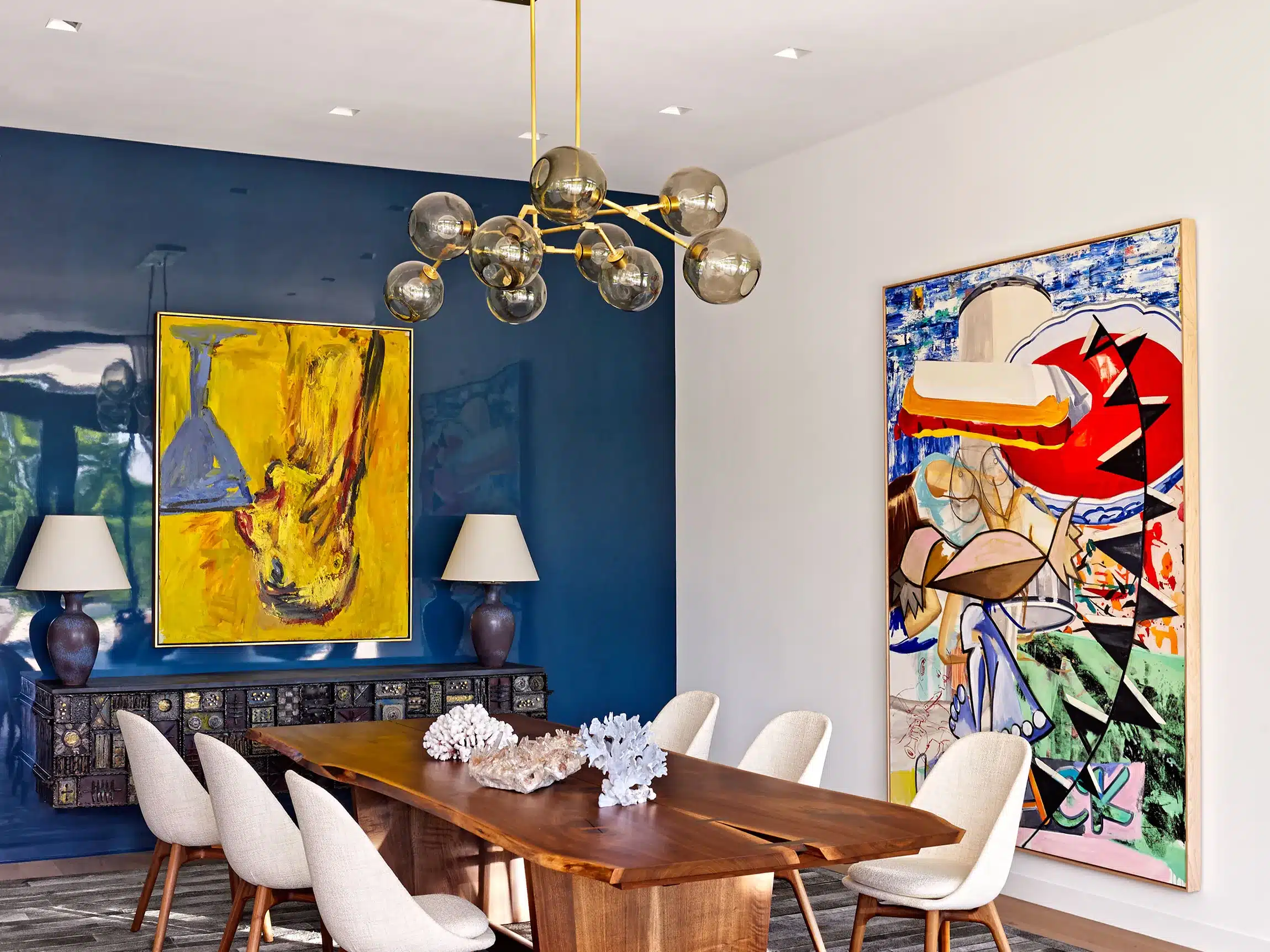
Placement and Arrangement
Selecting appropriate walls and areas for art display
Carefully choose the walls and areas in your living space that provide suitable backdrops for your art pieces. Consider the height, size, and orientation of the walls, and select those that allow the artwork to stand out without overwhelming the space. High-traffic areas like living rooms or dining rooms are often ideal for displaying art, as they allow for maximum visibility and enjoyment.
Considering the height and eye level for optimal viewing when displaying art
When hanging artwork, consider the height at which it will be displayed. Aim to hang the center of the artwork at eye level, which is typically around 57-60 inches from the floor. Adjustments can be made depending on the height of your furniture or the purpose of the room. Hanging artwork too high or too low can make it challenging to appreciate and diminish its impact.
Creating a balanced composition through arrangement and spacing
Creating a balanced composition is essential for a visually pleasing art display. Experiment with different arrangements, such as symmetric or asymmetric layouts, to find what works best for your space. Consider the spacing between the artworks as well, ensuring that each piece has enough breathing room and doesn’t feel cluttered or cramped.
Incorporating furniture and architectural features into the display
Integrate your furniture and architectural features into the art display to create a harmonious composition. For example, you can align the artwork with a piece of furniture or hang it above a console table or fireplace mantel. Embrace the architectural details of your home, such as alcoves or niches, and use them as unique spaces to showcase art. The combination of art and furniture/architecture can create a cohesive and visually appealing arrangement.
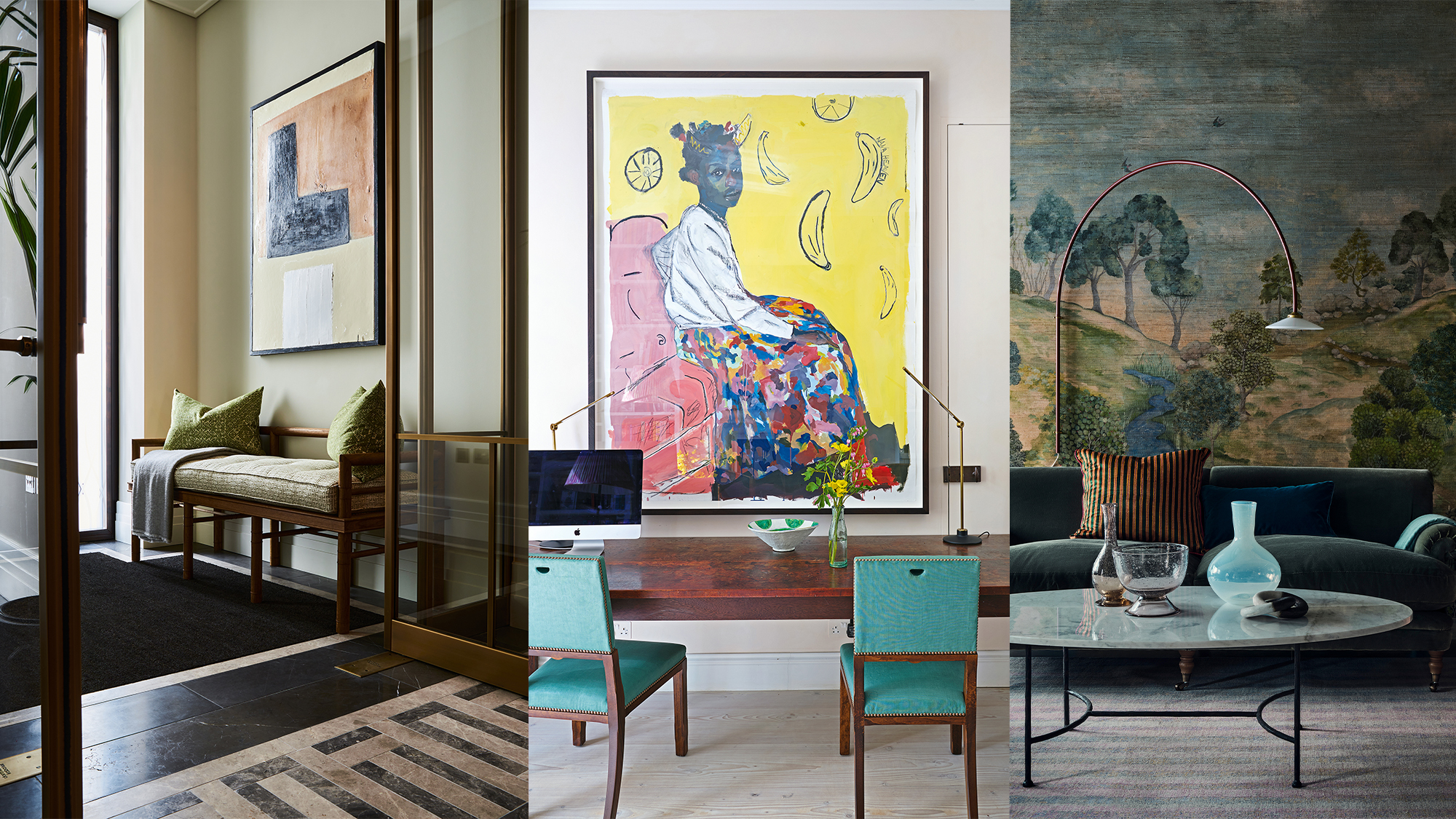
Framing and Mounting
Choosing frames that complement the artwork and your home decor
Selecting the right frames is crucial for enhancing the artwork and harmonizing with your home decor. Consider the style, color, and material of the frame to ensure it complements the artwork and doesn’t overpower it. Sleek and minimalist frames work well with contemporary art, while ornate and gilded frames can enhance traditional or vintage pieces. Additionally, choose frames that align with the overall aesthetic of your home, creating a cohesive look.
Exploring different framing styles and materials when displaying art
Explore different framing styles and materials to add depth and character to your artwork. Options include wood, metal, acrylic, or even unconventional materials like reclaimed or repurposed materials. Experiment with frame thickness and profiles to find the ones that best enhance the visual impact of the artwork.
Ensuring proper mounting techniques for stability and safety
Properly mount your artwork to ensure stability and safety. Use appropriate hanging hardware, such as D-rings or picture wire, and ensure that the chosen hardware can support the weight of the artwork. If you’re uncertain about the best mounting method, consult a professional art installer or follow manufacturer guidelines to avoid damaging your artwork or walls.
Lighting and Ambiance
Utilizing natural light to enhance the artwork
Natural light can beautifully enhance the colors and details of your artwork. Position pieces near windows or in well-lit areas to take advantage of natural sunlight. However, be cautious of direct sunlight, as it can cause fading and damage to the artwork over time. Consider using UV-protective coatings or window treatments to mitigate this risk.
Supplementing with artificial lighting for evening or dimly lit spaces
To ensure your artwork is visible and captivating in the evenings or dimly lit spaces, supplement natural light with artificial lighting. Install track lighting, spotlights, or adjustable wall sconces to illuminate the artwork effectively. Experiment with different angles and intensities of light to highlight the textures and details of the artwork while creating a pleasing ambiance.
Considering track lighting, spotlights, or gallery-style lighting options
For a more gallery-like feel, consider track lighting or spotlights that can be directed towards specific artworks or areas. These lighting options allow you to create focal points, draw attention to specific pieces, and control the intensity and direction of light. Gallery-style lighting can help create a dramatic and immersive experience for viewers, enhancing the overall impact of your art display.
Grouping and Layering Art
Creating a gallery wall with a mix of artwork and photographs
Gallery walls provide a fantastic opportunity to curate a diverse collection of art and photographs. Mix and match different-sized frames, artwork styles, and even include personal photographs or mementos to create a visually dynamic and personalized display. Experiment with different arrangements, such as grid formations or organic clusters, to find a layout that best suits your taste and the available wall space.
Exploring different grouping techniques: grid, salon-style, or thematic
Aside from gallery walls, explore different grouping techniques to showcase your art. Grid formations create a clean and structured look, especially when using frames of the same size. Salon-style arrangements involve placing artwork in close proximity, often overlapping or slightly tilted, creating a more eclectic and whimsical display. Thematic groupings focus on a specific theme or subject matter, tying the artworks together conceptually while adding visual cohesion.
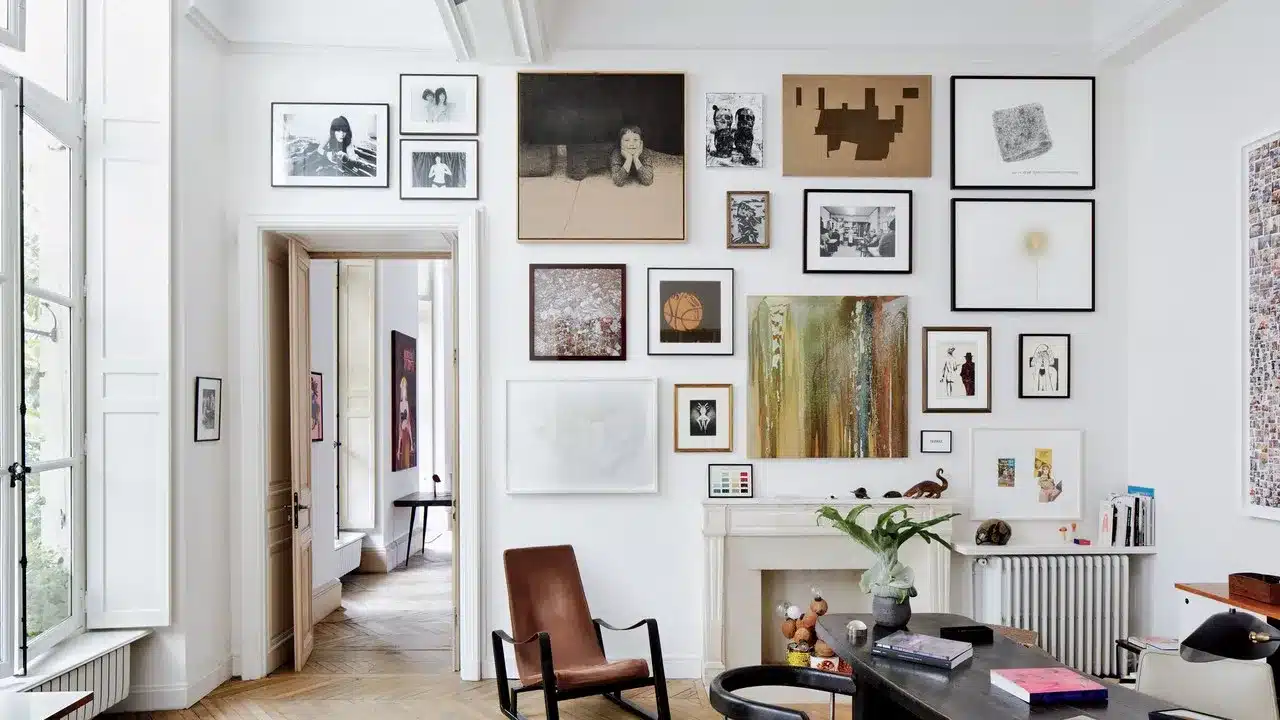
Layering art with shelves, ledges, or easels for a dynamic display
Add depth and dimension to your art display by incorporating shelves, ledges, or easels. Use floating shelves or picture ledges to display smaller art pieces, sculptures, or decorative objects in front of a larger artwork. Easels can be used to showcase over-sized or unique pieces, creating a focal point and adding a sense of drama to your display. Layering art in this way allows for flexibility in changing and rearranging your collection over time.
Maintenance and Care
Regular cleaning and dusting of the artwork
To maintain the beauty and longevity of your artwork, establish a regular cleaning and dusting routine. Use a soft, lint-free cloth or a feather duster to gently remove dust from the surface of the artwork. Be cautious around delicate or textured surfaces to avoid accidental damage.
Protecting artwork from direct sunlight, humidity, and extreme temperatures
Protect your artwork from damaging environmental factors. Avoid displaying artwork in direct sunlight to prevent fading and deterioration. Additionally, excessive humidity or extreme temperatures can cause warping, mold growth, or paint damage. Keep artwork away from areas prone to moisture, such as bathrooms or humid basements, and maintain a stable temperature and humidity level in your home.
Arranging for professional conservation and restoration if needed
If you own valuable or delicate pieces that require specialized care, consider consulting a professional conservator for conservation and restoration services. Professional conservators can assess and address any structural or aesthetic issues, stabilize fragile artwork, and ensure the longevity of your collection. Seek professional assistance if you notice significant damage, discoloration, or deterioration in your artwork.
Showcasing Personal Collections
Highlighting your own art collection and unique pieces
If you have your own art collection, be sure to give it the spotlight it deserves. Showcase your own artwork prominently, whether it’s paintings, sculptures, or mixed-media pieces. Displaying your own creations not only adds a personal touch to your home but also allows you to share your artistic journey with others.
Incorporating mementos, souvenirs, or personal photographs
In addition to art, consider incorporating meaningful mementos, souvenirs, or personal photographs into your display. These items can evoke memories, tell stories, and create a sense of nostalgia and personal connection. Arrange them alongside your art pieces, using frames, shadow boxes, or display cases to create a cohesive and visually captivating arrangement.
Telling stories and creating conversation pieces with your art
Your art display provides an excellent opportunity to spark conversations and share stories with your guests. Arrange your artwork in a way that invites curiosity and prompts questions. Share the inspiration behind each piece or the stories associated with the artists to create engaging and meaningful interactions centered around your art collection.
Conclusion
Displaying art in your living space is an exciting endeavor that allows you to transform your home into a gallery-like environment. By carefully considering the size, layout, lighting, and style of your space, choosing the right art pieces, and employing effective placement, framing, lighting, and grouping techniques, you can curate a visually captivating and personalized art display. Regular maintenance, protection from environmental factors, and showcasing personal collections ensure that your art remains a cherished and cherished part of your home for years

